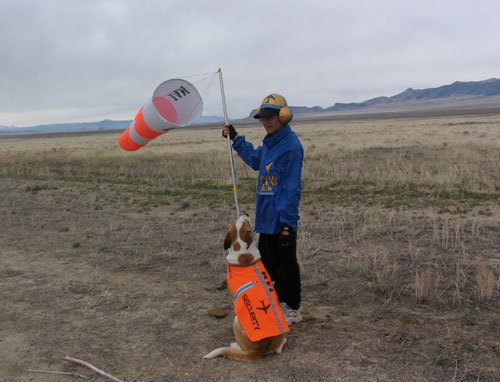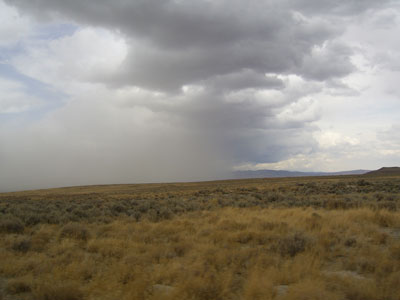Table of Contents
Arrival
“Noise is the sound of commerce.
If you want commerce you will have to put up with some noise.”
Donald D. Engen, Administrator, U.S. Federal Aviation Administration
from the book: “Airport Planning and Development Handbook” by Paul Stephen Dempsey

a landing strip, a sign, a truck, a lot of props and people
Montello International Airport - summer 2005
“In other words, airports enact another way of thinking about global relationships. They quite literally operate through a ‘network logic’ that critically animates the categories of nation states and territory, of humans, animals, products and machines, and of material and informational modes of mobility.”
from: “Life in Transit: between airport and camp” by Gillian Fuller, University of New South Wales
Transit
“Wherever I am in the world, I know where I am when I’m at the airport. I’m on my way somewhere else.”
from: “Life in Transit: between airport and camp” by Gillian Fuller, University of New South Wales
Global Connection
“If the contemporary airport has offered “laboratory conditions” to analyse the global interconnections of life in the information age, then perhaps it is an early warning system for what might happen in the rest of the world under networked globalisation.”
from: Aviopolis. A Book about Airports, by Gillian Fuller and Ross Harley


“However, in it's current state, Pudong* seems strangely empty: it's all infrastructure, denser in potential than actuality.”
from: “We build worlds, we don't just terraform planets”, by Terry Pratchett, in “Aviopolis - A book about Airports”
* In the current Five Year Plan China has committed to build or redevelop 41 airports. One of them is Pudong Airport, 30 km East of Shanghai.
Local Specifics
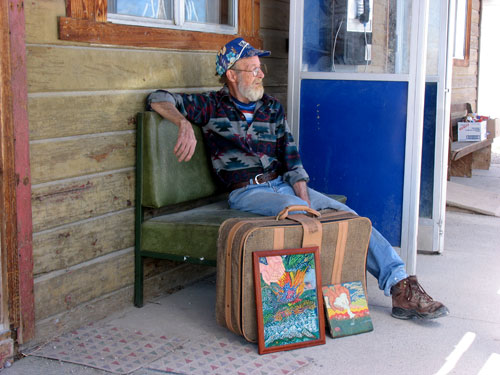
The Presidio International Airport had a single sloping runway just off the highway. It was called “international” because it also had an outside payphone from which, if you flew in from Mexico, you could in principle call on Customs to come up from the river for the entry formalities. This happened may be twice a year. Prosidio was probably the quietest international airport in the United States….
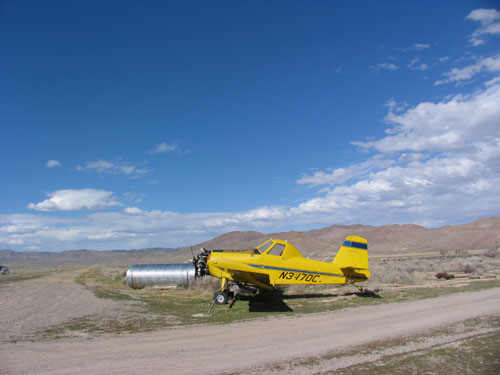
…Mine was the only airplane there that afternoon. I shut it down in the sun beside a wrecked trailer in which for a while a missionary pilot had lived while proselytizing the river people. He had told me he was a soldier in the army of the Lord. After only half-year he had retreated, leaving the trailer with broken windows to collect the desert air.
from: INSIDE THE SKY - A MEDITATION ON FLIGHT by William Langewiesche
Waiting
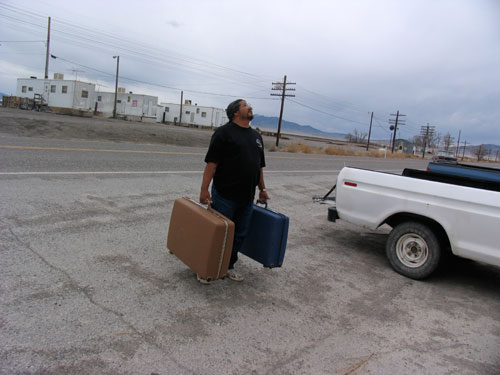
“If it works, it's obsolete.”
Marshall McLuhan — Copyright © 1986, McLuhan Associates, Ltd.
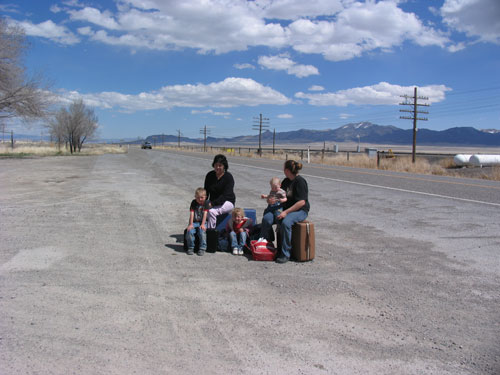
“The whole airport may be regarded as a transit lounge, as a waiting-room between two places. The airport itself is not considered a place. All of us have witnessed discussions about whether one has actually visited a city or country when one has only seen the airport, and in the majority of cases, people agree that one has not. Upon entering the airport, one enters a cultural void - a third, global culture.”
from: In limbo: Notes on the culture of airports, by Thomas Hylland Eriksen and Runar
Contradictions
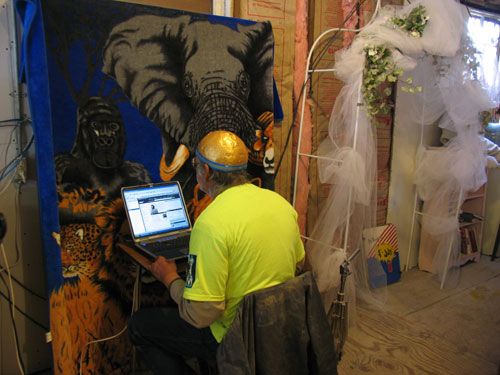
“Once again, the future beckons and the airport becomes a gauge of human tolerance as it continues to provide a testing ground for new technology–a place where the underlying contradictions of the modern age are surprisingly transparent. Roland Barthes wrote that architecture is, simultaneously, an “expression of a utopia and instrument of a convenience.” This has been particularly true at the airport where dream and function have been so consistently intertwined. It is still the threshold of change, as it was in Lindbergh's day, but at this point in the twenty-first century, all vestiges of utopia have been lost.”
from: “Naked Airport” by Alastair Gordon
Tomorrow
Camouflage
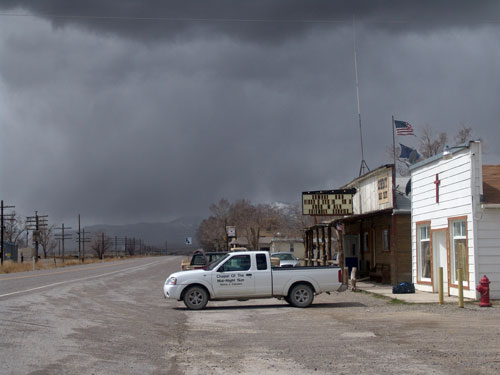
United States. 1942. An extensive passive defense effort was initiated in April 1942 to protect the Douglas Aircraft factory in Santa Monica, California, through the application of one of the most extensive camouflage efforts ever undertaken.
Volunteers from various Hollywood film studios donated their own time to create a decoy plant several hundred yards away from the actual plant in an open field and to disguise the actual plant as a housing area. Revetments provided protection for aircraft parking, and barrage balloons ringed both the real and decoy plants.
However, the main effort used careful painting to transform the runway into an urban residential area and the installation of a three-dimensional framework over the plant buildings complete with plywood houses and trees and bushes constructed of chicken wire and cloth to create a false hill.
The camouflage project was essentially completed by October 1942. Although the project was intended to protect the plant from Japanese photoreconnaissance, neither the Japanese Navy nor Army had the capability to undertake such a mission. The level of detail achieved was only possible in a southern California environment; heavy rain or snow would have caused the components to fail, giving away the location.
Sources: Stanley, Roy M. II, To Fool A Glass Eye: Camouflage versus Photoreconnaissance in World War II, Washington, DC, Smithsonian Institution Press, 1998.see more info here and also here
Signals and Definitions
Important notes and Definitions from Birmingham Airport:
1. “Air transport movements” are landings or take-offs of aircraft engaged on the transport of passengers, cargo or mail on commercial terms.
3 . A “terminal passenger” is a passenger joining or leaving an aircraft at the airport. A passenger who changes from one aircraft to another, carrying the same flight number (change of gauge) is treated as a terminal passenger, as is an interlining passenger.
4 . A “transit passenger” is a passenger who arrives at and departs from the airport on the same aircraft which is transiting the airport. Each transit passenger is counted once only and not both on arrival and on departure.
— hajoe 2006/01/09 08:26
Weather Effects
“I don't think art can stand up to nature. Put the best object you know next to the grand canyon, the niagra falls, the red woods. The big things always win. Now just think of a flood, forest fire, tornado, earthquake, typhoon, sand storm. (…) If all the people who go to museums could just feel an earthquake. not to mention the sky and the ocean. but it is in the unpredictable disaster that the highest forms are realized. they are rare and we should be thankful for them.”
from: Walter de Maria in “Land Art USA”
Translocality
“The delocalization we're dealing with today is nowhere. Art can be nowhere, it only exists in the emission and reception of a signal, only in feedback. The art of the virtual age is an art of feedback.”
Paul Virilio
see source


